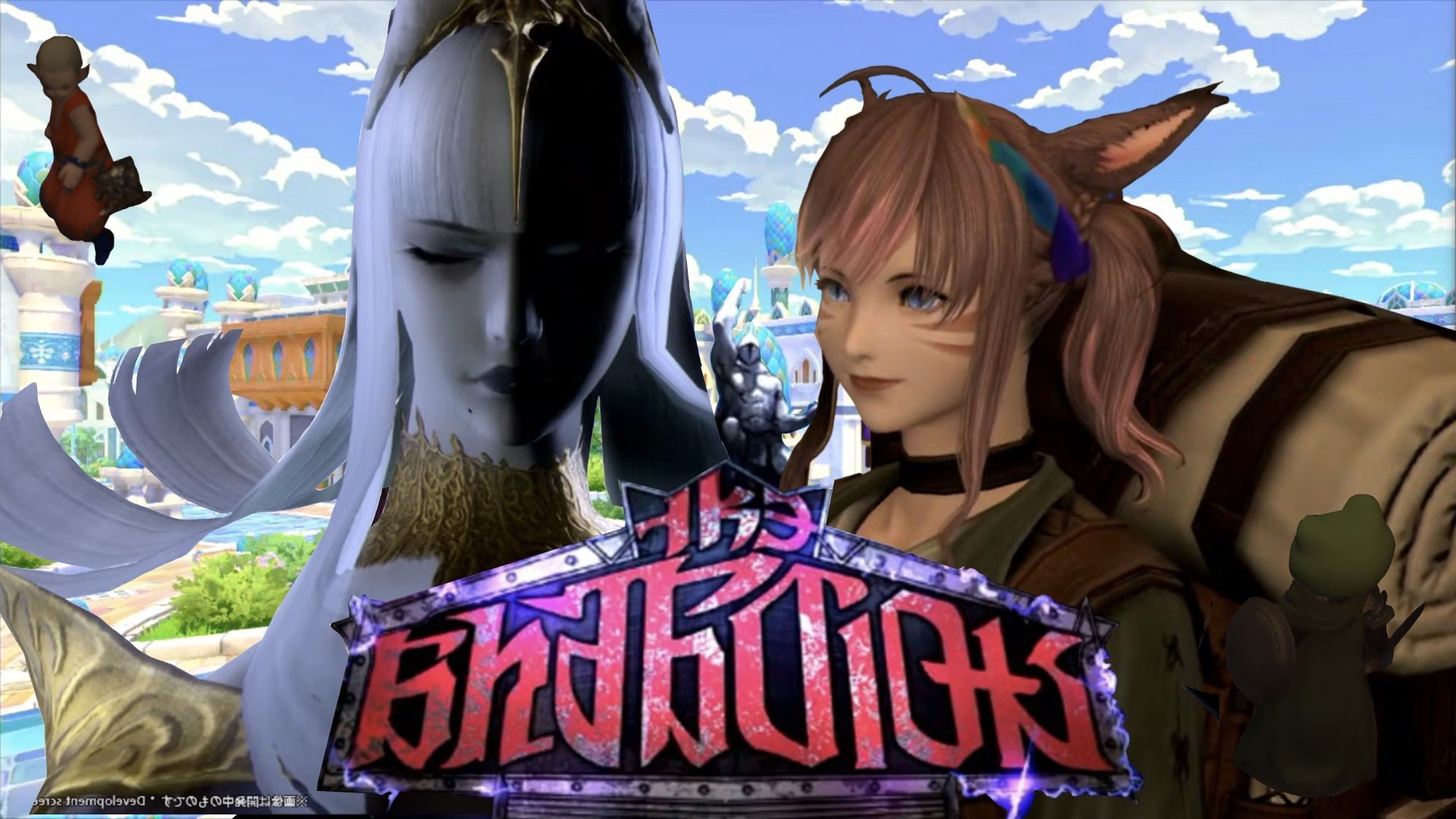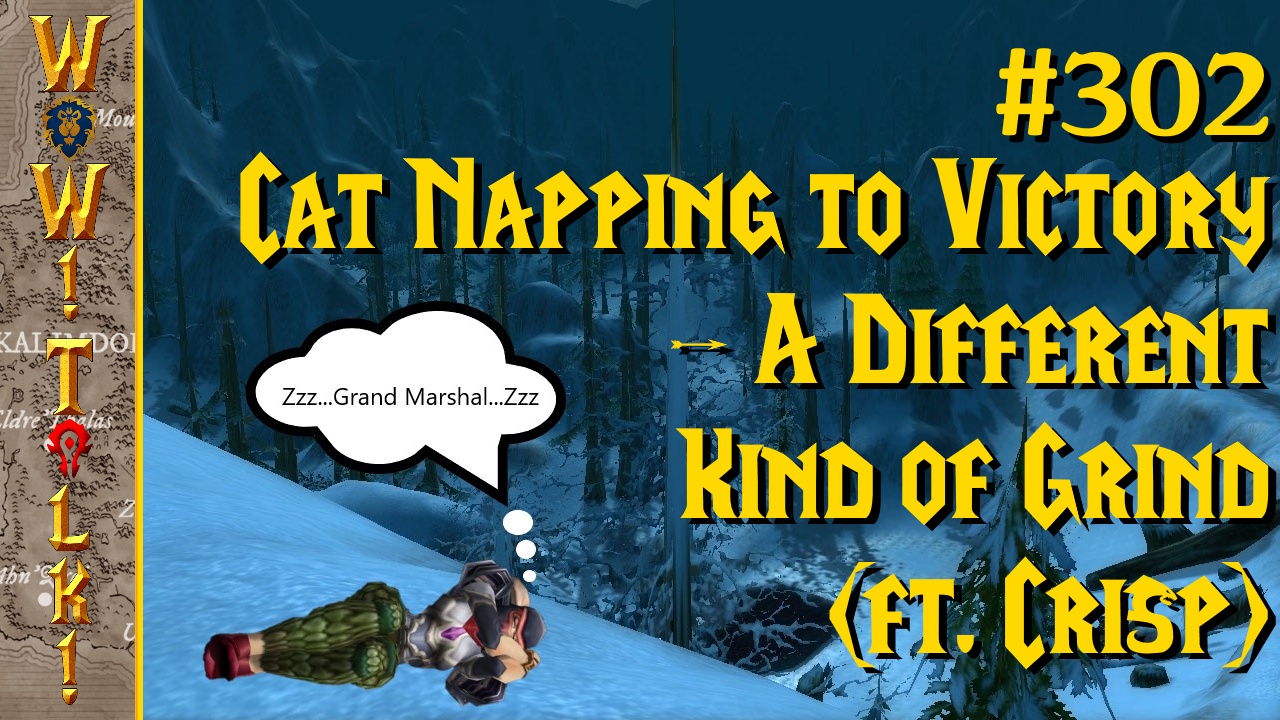I don’t think I’ve ever fully appreciated the meaning behind a Mature-rated game until I played The Cat Lady. Gruesome, frightening, and unnerving don’t even begin to do this game justice. I was genuinely uncomfortable with what I was seeing on the screen at several points, and had trouble sleeping after some of the game’s events. This isn’t like Manhunt or any game that revels in its sick events and violence, but is instead a game that is brutally honest about what happens and is unwilling to hide something because it might upset the player. This game set out to tell a dark story, and if you’re willing and strong enough to follow it to its conclusion, you’ll play through a truly amazing game. It definitely isn’t for everyone, but if you are interested in a frightening tale for a genuinely mature audience then there is very little that compares with The Cat Lady.
Like I’ve said, there is some sickening stuff that goes on during The Cat Lady. Listing this stuff makes the game sound like just about every violent shooter out there. Chopped off limbs, gunshots to the face, and being burned alive are things that don’t sound all that terrible to a modern gamer. Seeing dead women posed like works of art and bodies corroding inside a chemical bath doesn’t, though. This game has you hunting down various murderers and serial killers, and it doesn’t shy away from showing you the results of their work. There is no point where the violence is going to happen off-screen. If something terrible happens in this game, you’re typically going to be watching every gory second of it.
That might not sound like much for someone who’s been playing games for years. When I was reading its description I rolled my eyes. I really doubted there was much they could show in a game that I couldn’t just shrug off, but The Cat Lady presents everything with a stark reality that makes horrific events come alive. Everything is blunt and without spectacle, taking away all of the video game presentation that typically follows acts of terrible violence. It’s presented in a raw way that’s the complete opposite of the fun way that violence tends to be shown.
Fallout 3 is a perfect example of ‘fun’ violence. When you do critical damage the game zooms in and lets you savor every little detail of your shot. You’re expected to enjoy the results of what you’ve done, maybe feel a little pride about it. You probably laughed at a few of the deaths that happened on-screen. The events are shown in a (semi) realistic way, but the violence isn’t taken any more seriously than in a Bugs Bunny cartoon. The characters and violence might be realistic, but the game’s presentation takes all of the horror and disgust out of it. Violence is nothing but a silly pastime in games like that.
The Cat Lady is nothing like that. When something terrible happens on the screen, it stays with you. There are events in the game that I honestly wish I hadn’t seen even though I’ve been through similar things in another video games. Either through implying the action rather than showing it or through trivializing and mocking the violence, other games just haven’t struck me in this way. Some have sickened me unintentionally (Custer’s Revenge, anyone), but few games have gone out of their way to show violent and horrific acts with this much honesty. They feel like they’re happening to real people right before your eyes, and this game doesn’t ever hold back. Really think about that fact before you dive into this game. I found that brutal reality made the game that much more compelling, but it dances a very fine line between engaging and sickening.
It seems a bit strange that it can pull that off with its art style, doesn’t it? The first few minutes of the game had me thinking of Terry Gilliam’s cartoons from Monty Python’s Flying Circus. A lot of the background items and animations in the game look like they’re done by placing pictures of the items into the game and manipulating them. It makes the game look kind of silly at first, and it took me some time to appreciate the style and separate it from Gilliam’s work. The events in The Cat Lady do that job pretty quick, though.
Once events get into motion, the art style starts to make sense. The backgrounds and animations are done in a stilted, jarring way that make them look realistic but also unsettling. The objects are picture-perfect as they are taken from photographs, but the way they move and interact keeps the brain from becoming comfortable with them. Watching these objects behave has this strange effect, like seeing the creatures from Lone Survivor. The objects look close enough to being right to the human eye that it’s upsetting to the mind to see them moving in that unnatural way.
Unnatural is probably the best word to describe the effect. Things don’t look quite right most of the time when you’re playing The Cat Lady. The character models are well-drawn, but move in a way that make them look almost mechanical. It’s not always the most pleasant thing to look at, but the detail on the characters can be really striking some times. The backgrounds are the same, and can bounce from the most beautiful vistas to a basement that looks like it’s filled with cutouts of furniture from the world’s creepiest Ikea flyer. The game bounces back and forth between beauty and revulsion, often on the same screen, and is another way that the game never let me get my balance while playing it.
The game somehow has a really nice flow to it, something that baffles me given how much time I spent just listening to it talk. There were long periods where I watched two characters talk to each other, sometimes for ten or twenty minutes at a time before I got to something I could do. Even then, the only reason the game handed you control back was so you could save and then continue the conversation again. It should have felt like a visual novel during those times, but dialogue still involves some player input. There are times when you just have to run through every dialogue tree just like the good little point-and-click-player that you are, but other times the game just lets you speak as you feel most comfortable. There were many points where I was given an option of what tone I would take while talking to someone, and that would be that. It made me feel more like I was in control of what was going on during talking sequences even if I was never sure if I was shaping important events in the future.
I really liked the uncertainty some of these places made me feel. I’m not sure how much most of these little spots had an effect on the game’s eventual outcome, but it always felt like I was shaping events in some way when I took on an aggressive tone. Sometimes it just felt right to be friendly or apologetic, but I couldn’t tell if the game itself had changed in any way based on what I said. Just being able to choose what I said in some situations helped drag me deeper into the game’s narrative, giving me this sense that I was a part of writing the story. I’m not sure which of my answers or how many of them were important to the game’s conclusion, but it always felt like these decisions carried weight.
The gameplay sections are good when they show up, too. Michalski and Harvester Games have really streamlined the point-and-click experience while still keeping things challenging. You can only walk left or right, and the game highlights everything important that you’d need to pick up or interact with. It should have made the game really easy to get through, but it hasn’t. I could stumble my way through most areas with ease, but I would always hit a point where I couldn’t figure out what to do. The game encourages you to think logically with the items you’ve been given and what you can do with them. It still falls into the weird solution traps this genre is famous for, but most of the time you can solve the problems by taking a minute to think. Sometimes the solutions can be pretty weird and surreal, though, so be willing to try just about everything, even if it’s dangerous for the main character.
Luckily, the main character, Susan, has been granted immortality, and it provides some really strange puzzle solutions once you start to embrace the concept. Instead of looking at death as a failure state, The Cat Lady just uses it as another gameplay mechanic. There were times when I was absolutely petrified about what was going to happen to poor Susan, only to have her wake up somewhere else minus the hole that had just been cut into her chest. Dying just moves the plot forward in other ways, and makes for a good excuse to take the player to some bizarre places. It’s a cool effect, and Michalski has done some incredible work with the concept.
Being an immortal does nothing to take away the fear I felt in most of the game’s locations. There are some especially bad sections when you’ve been captured by many of the game’s villains, as the game does a wonderful job with ambient sound to make you feel like these people are always just a room or two away. In one section where I was being held by cannibals I could always hear footsteps moving across carpeted floor. The sounds would get louder and then fade away, never failing to get my nerves worked up. In other places, there could just be something as simple as a single door sitting in the middle of a dark room, lit by a low-hanging bulb. I could almost feel menace radiating out of places like that.
This game rarely puts you anywhere that you’ll feel safe in, and even if it does it’s only doing that so it can scare you even more later. Susan’s apartment is loaded with dread the first time you enter it, but over time starts to feel like a safe haven from the rest of the game. Once you see some events and head out into the building it’s located in, you’ll start to feel afraid of going anywhere in the building. Terrible, frightening places seem to be just beyond a thin membrane no matter where you go in the game, and the game can invade your safe places without any warning. Either something will attack you, the narrative will cut to another location with no notice, or you’ll find a connection from the safe place to a new one filled with danger. The game is always setting you up to take a harder fall once you start to feel safe, and by the end of the game I was almost too afraid to go anywhere. The tension is unbelievable for a game where you can’t even die.
For something that can feel like a visual novel at times, The Cat Lady is an incredible horror experience. The story overtakes a lot of the game at times, but it is so well-crafted that I didn’t care. I wanted to follow this game all the way to its conclusion and see where this was all going to end up, even if it only gave me some closure to the unrelenting tension the game had built up. I had grown to care for the few characters the game let me interact with, and genuinely hated the game’s gallery of psychopaths. I was drawn into the story and the dangerous world it took place in, and felt a little bit more afraid of the real world once I shut the game off. After playing The Cat Lady, I definitely made sure my front door was locked before I went to bed.
The Cat Ladycan be purchased from the developer’s website. If you like it, please vote for it on Steam Greenlight.
Images courtesy of indiedb.com.









